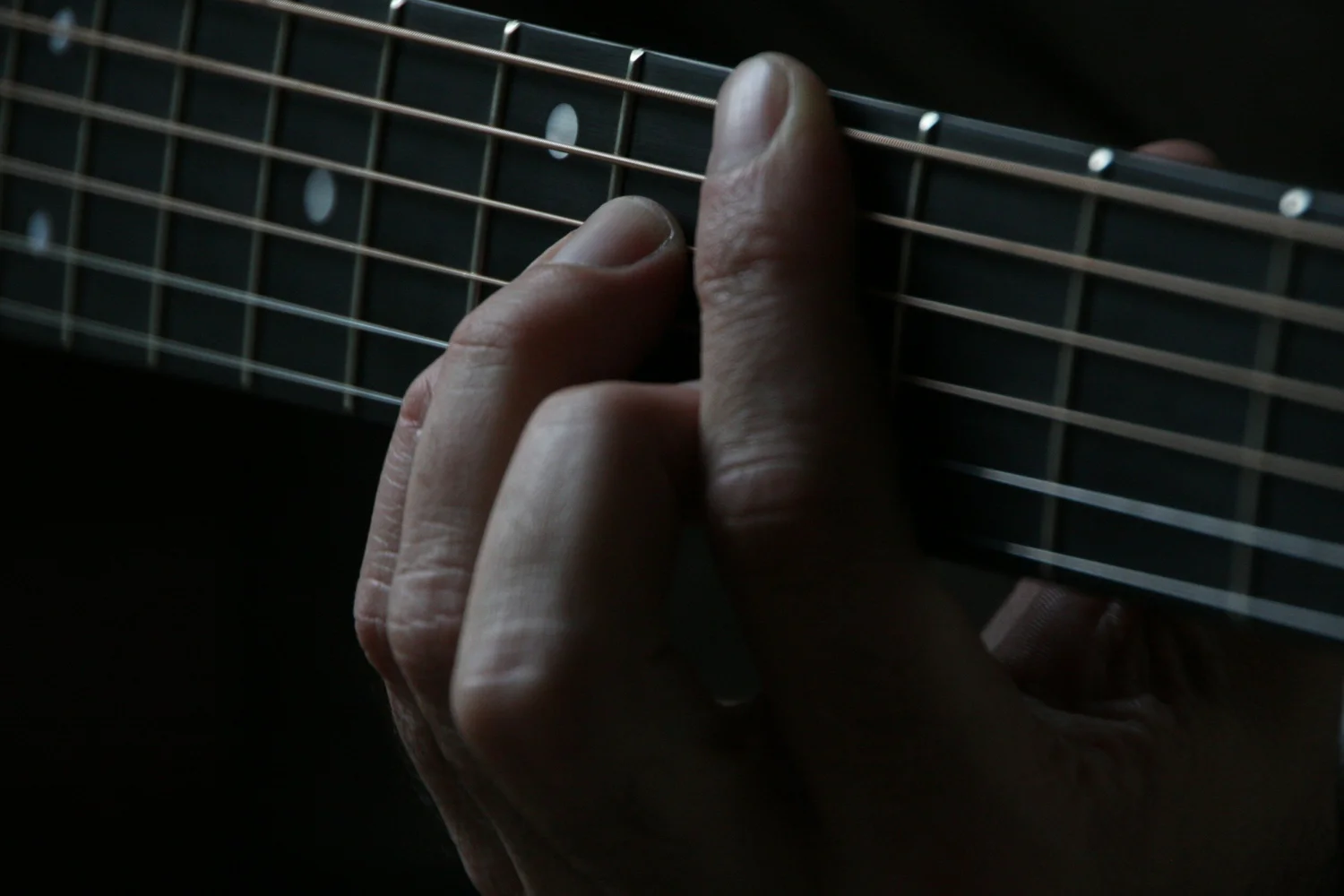In This Article
Introduction
Practice is the cornerstone of musical improvement, but the effectiveness of practice sessions depends on various factors, including duration, focus, and repetition. In recent years, research has shed light on the benefits of rotating practice items and utilizing short practice intervals to enhance long-term memory retention. In this article, we'll explore the positive effects of rotating short practice time and long-term memory ability to improve retention, and how musicians can implement this approach to maximize their practice sessions.

Want to Practice More Effectively?
Download our free 30-Day Practice Routine Tracker to apply these concepts and build a consistent habit for real progress.
Understanding Long-Term Memory Retention
Long-term memory is a crucial component of learning and retention. It involves the storage and retrieval of information over extended periods, allowing us to remember concepts, skills, and experiences over time. Research suggests that spaced repetition, or distributing practice over time, is more effective for long-term memory retention than massed practice, where practice is concentrated in a single session.

The Power of Rotating Practice Items
Rotating practice items involves alternating between different skills, techniques, or pieces of music within a practice session. Rather than focusing solely on one aspect of music, rotating practice items allows musicians to engage multiple areas of the brain, leading to more robust learning and retention. By varying the material and interleaving practice tasks, musicians can strengthen connections between concepts and deepen their understanding of music theory and performance.

Benefits of Short Practice Intervals
Short practice intervals, typically ranging from 5 to 10 minutes, have been shown to be highly effective for learning and retention. Research indicates that shorter, focused practice sessions result in better concentration, increased motivation, and improved long-term memory encoding. Additionally, breaking practice sessions into shorter intervals helps prevent mental fatigue and maintains high levels of engagement throughout the session.

Implementing Rotating Practice Items
To implement rotating practice items effectively, musicians can create a practice schedule that includes a variety of skills, techniques, and repertoire. For example, a practice session might include 5-minute intervals dedicated to scales, chord progressions, sight-reading, and repertoire practice. By rotating through different practice items, musicians can reinforce learning, prevent boredom, and maintain a high level of focus and engagement.
Creating Your Personalized Practice Schedule
Start by identifying your current skill gaps and musical goals. List 6-8 different practice areas such as technique exercises, chord progressions, scales, rhythm patterns, and repertoire pieces. For a step-by-step guide to creating your personalized rotating practice schedule with templates and timing recommendations, visit our practice model builder.
Sample 30-Minute Rotation Routine
Here's a practical example of how to structure a 30-minute guitar practice session using the rotating method:
- Minutes 0-5: Warm-up Scale Sequences
- Minutes 5-10: Chord progression practice
- Minutes 10-15: 2 Hand Synchronization Exercise
- Minutes 15-20: Chord progression Practice
- Minutes 20-25: 2 Hand Synchronization Exercise
- Minutes 25-30: Scales Sequences

Plug in your practice items from your list of classes & goals help you to decide what fits in A, B, & C. This will help you to plug these skills into this the diagram shown to best fill 45 minutes or 30 min worth of practice time. The reoccurring retrieval process helps to encode your brain the skill sets into your long term memory.
Common Mistakes to Avoid
When implementing rotating practice sessions, avoid these common pitfalls that can reduce the effectiveness of your guitar practice routine:
- Making intervals too short (less than 3 minutes) - doesn't allow proper focus
- Rotating too many items (more than 5) - creates confusion rather than reinforcement
- Skipping the return cycles - the repetition is crucial for long-term memory retention
- Practicing without clear goals for each rotation segment
For more detail, this article helps to provide further explanation about how long term memory functions.

Frequently Asked Questions About Rotating Practice
The optimal rotation interval is 5-10 minutes for most musicians. This duration allows enough time to focus deeply on a specific skill while preventing mental fatigue. Beginners may start with 3-5 minute intervals and gradually increase as their concentration improves.
Absolutely! This rotating practice method works effectively for piano, violin, drums, and virtually any musical instrument. The key principles of spaced repetition and varied practice apply universally to music learning and memory retention.
For maximum effectiveness, limit yourself to 3-5 different practice areas in a single session. This provides enough variety to engage different parts of your brain while maintaining focus and preventing overwhelm.
A combination works best. Maintain 3-5 core items that you return to regularly (scales, chord progressions, current repertoire), and rotate in 1-2 variable items based on your current learning goals or areas that need extra attention.
Even 15 minutes of rotating practice is more effective than 15 minutes of single-focus practice. Use 3-minute rotations with 3-4 items, or focus on just 2-3 core areas with 5-minute intervals. Consistency trumps duration every time.
Conclusion
By harnessing the power of rotating short practice time and leveraging long-term memory retention, musicians can optimize their practice sessions and accelerate their progress. Incorporating rotating practice items into practice routines allows musicians to engage multiple areas of the brain, deepen their understanding of music, and improve long-term memory retention. With consistent practice and a strategic approach to learning, musicians can unlock their full potential and achieve their musical goals.
This Article is written by Travis Osterloh @ Osterlohguitaracademy.com. See his website for further information and inquiries!

Feedback & Comments (0)
Leave a Rating & Comment
Loading comments...